-
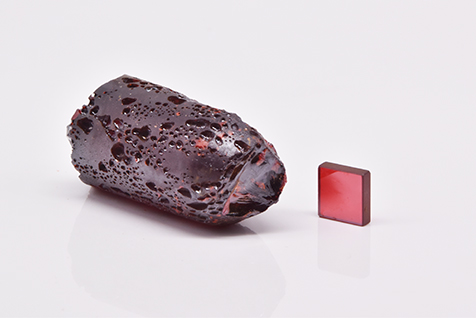
BGGSe(BaGa2GeSe6) Crystals
The BaGa2GeSe6 crystal has a high optical damage threshold (110 MW/cm2), a wide spectral transparency range (from 0.5 to 18 μm) and a high nonlinearity (d11 = 66 ± 15 pm/V) , which makes this crystal very attractive for frequency conversion of laser radiation into (or within) the mid-IR range.
-
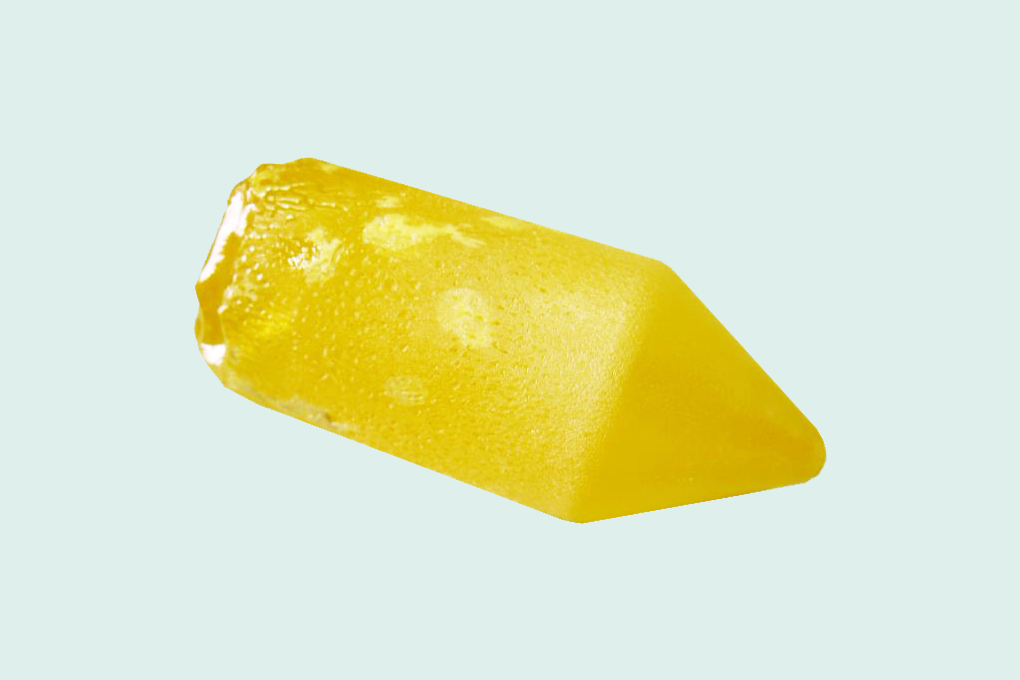
AGGS(AgGaGeS4) Crystals
The AgGaGeS4 crystal is one of the solid solution crystal with extremely tremendous potential among the increasingly developed new nonlinear crystals. It inherits a high nonlinear optical coefficient(d31=15pm/V), a wide transmission range(0.5-11.5um) and low absorption coefficient(0.05cm-1 at 1064nm).
-
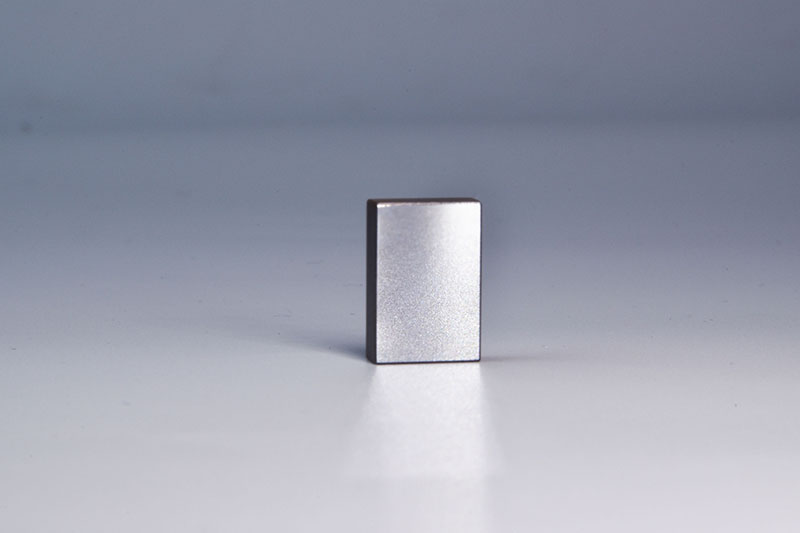
AGGSe(AgGaGe5Se12) Crystals
AgGaGe5Se12 is a promising new nonlinear optical crystal for frequency-shifting 1um solid state lasers into the mid-infrared (2-12mum) spectral range.
-
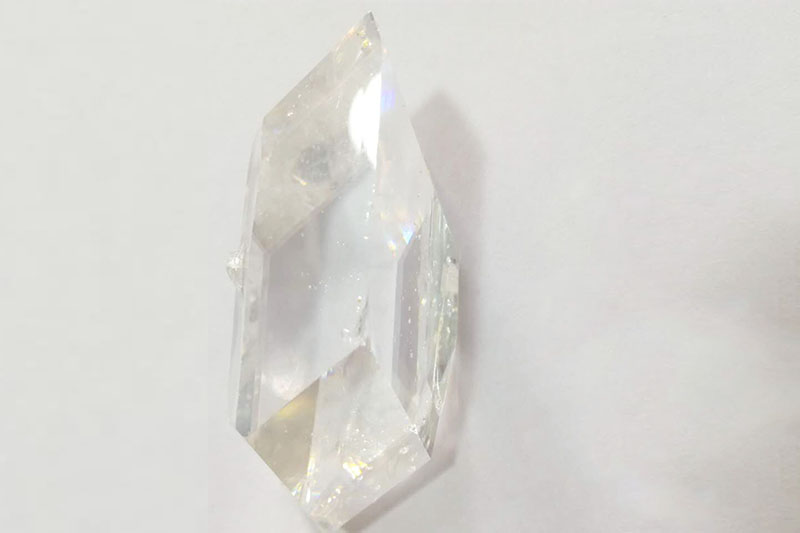
BIBO Crystal
BiB3O6 (BIBO) is a newly developed nonlinear optical crystal. It possesses large effective nonlinear coefficient, high damage threshold and inertness with respect to moisture. Its nonlinear coefficient is 3.5 – 4 times higher than that of LBO, 1.5 -2 times higher than that of BBO. It is a promising doubling crystal to produce blue laser.
-
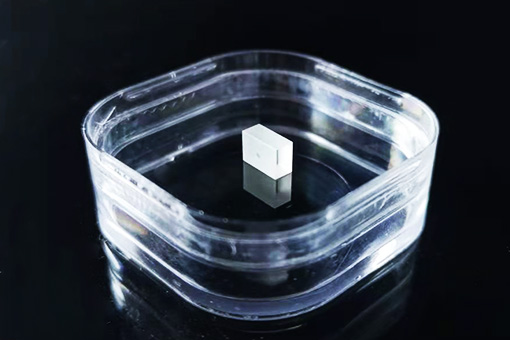
BBO crystal
BBO is a new ultraviolet frequency doubling crystal. It is a negative uniaxial crystal, with ordinary refractive index (no) larger than extraordinary refractive index (ne). Both type I and type II phase matching can be reached by angle tuning.
-
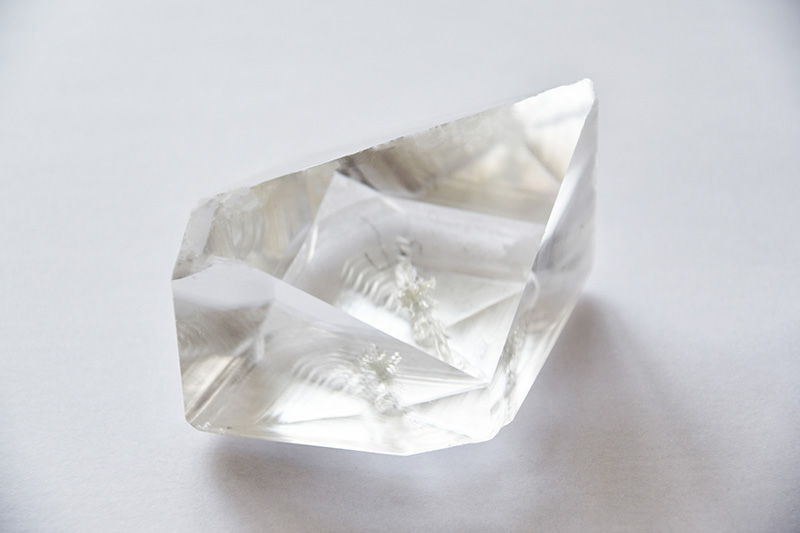
LBO Crystal
LBO (Lithium Triborate – LiB3O5) is now the most popularly used material for Second Harmonic Generation (SHG) of 1064nm high power lasers (as a substitute to KTP) and Sum Frequency Generation (SFG) of 1064nm laser source to achieve UV light at 355nm.
-

Phone
Phone
-

Email
Email
-

whatsapp
whatsapp
-

Wechat
Wechat

-

Top






